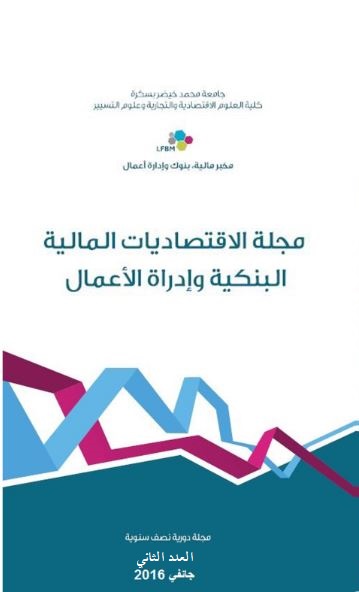The impact of Human Capital Management on the Innovativeness of research Center
The Case of Scientific Research Centers in Algeria
Résumé
Nowadays, we are moving towards a knowledge economy where the competitiveness of firms is mainly based on their capacity of innovation, and on the management of their intellectual capital. Moreover, it is widely accepted that firm’s innovation capabilities are more closely linked to their intellectual capital than to their fixed assets. The importance of intellectual capital for innovation has attracted researchers interested in determining its elements and the process by which enhances the innovative capabilities and performance of firms (Carmen Cabello-Medina et al, 2011).
There is a multi-faceted description of intellectual capital as proposed by intellectual capital theorists. A study by Sveiby (1987), for example, proposed that knowledge-based assets could be found in three places: the competencies of organization members, its internal structure; such as: patents, models, computer and administrative assets, and external structure such as brands, reputation and relationships with customers (Rosmah et al, 2008). As a general perception, intellectual capital has three components: human capital, structural capital and relational capital (Suciu, 2000).
The human capital has been emphasized as one of the key success factors of a company. It can be assumed that most successful companies have organized or at least they should have organized their management of the human capital systematically. The management of human capital can be put into practice by applying competence management and knowledge management practices. Numerous studies of competence and knowledge management have been carried out but the practices of this area are still not very well known (Hannula et al, 2003). Moreover, Subramaniam and Youndt (2005) found that the combination of human and social capital positively affected firms’ innovative capabilities (T.T. Selvarajan et al, 2007).
This research aims at examining the impact of human capital management on the innovativeness of Scientific Research Centers through competencies and knowledge management approach. The study was applied to the case of Scientific Research Centers in Algeria; such as: (CREAD, CRSTRA, CDTA, CDER, CERIST, CRBt, CRAPC, CSC, CRSTDLA, and CRASC). The data of the study was collected through interviews and a questionnaire during 2011-2013, and it was analyzed using SPSS 18.0 to determine the interaction between the various factors. The findings broadly support the hypothesis and suggest a number of insights about future studies.
Key words: Human Capital Management, Knowledge Management, Competencies Management, innovativeness, Scientific Research Centers in Algeria



